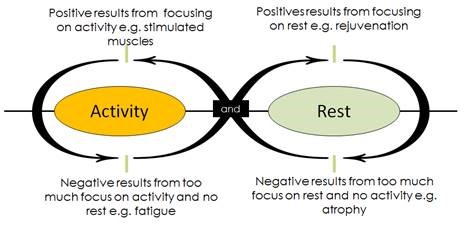Posts Tagged ‘balance’
Finding energy & creating #pathways with #MartialArts
UPDATES 23072018.
1. I spoke with a guy at a business conference recently.
He said that martial arts (krav maga) had changed his life, in terms of confidence.
He had stopped a potential attack by standing tall and warning off the aggressor.
And he had been sufficiently aware of an attack by an animal to push it away before it had jumped on him.
2. Brendan Ingle died recently
Martial arts & purpose
Martial arts can provide a sense of purpose.
It can also provide personal development and a pathway out of crime or bad habits.
Signage
The sign at Brendan Ingle’s well known boxing gym in Sheffield is:
” Boxing can seriously damage your health, but teaches you self-discipline and gets you fit. Smoking, drinking and drugs just damage your health.”
Actor Mickey Rourke
Mickey Rourke is aged 62 and has been associated in the past with drugs and alcohol abuse.
He recently fought an exhibition boxing match against a 29 year old in Moscow and said:
“Boxing is a serious part of my life. It taught me respect and determination, patience and concentration.”
Benefits
For him, some of the benefits are similar to mindfulness and are also about #Looking4Balance.
By the way, boxing is also a metaphor for the #MartialArtsPrinciple – #PlayingToYourStrengths
Image of Mickey Rourke
Please feel free to comment this post.
You can also contact me here:
Why leadership needs perspective, balance & to #FlowLikeWater
The clock & the compass
I previously wrote about why leaders need both a clock and a compass.
My idea was that the compass is about the wood,
It reminds us of direction and the big picture and the need to#Simplify.
Whereas the clock is about the trees.
It reminds us of now and detail.
Left & right brain
I discussed this recently with Carolyn Pilbeam, a leading yoga teacher.
I now realise that the analogy goes wider – the clock is left brain; the compass is right brain.
Perspective
Few leaders have the perspective to be able to effectively apply both the:
- Big picture and the detail; and
- Left brain and right brain thinking.
The #MartialArtsPrinciple is #FlowLikeWater.
Mandela
Caitlin Moran recently suggested that the ultimate legacy of Nelson Mandela was:
“Perspective. A whole load of perspective.”
He had:
- A lawyer’s eye for detail, but could see the big picture; and
- He used direct action, but developed a rapport with his jailers.
- He had perspective and balance.







